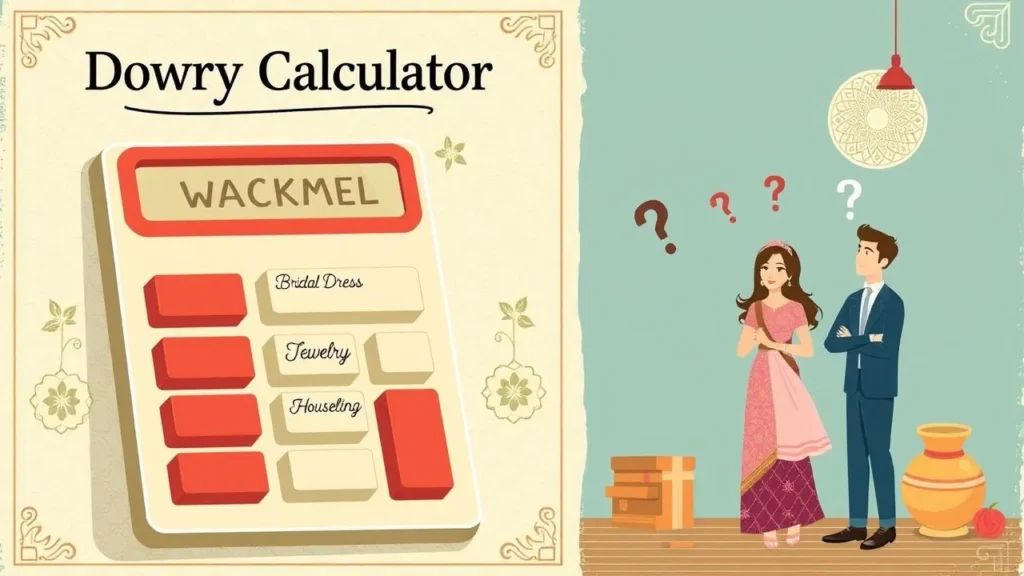Cigar Band Size Calculator
Calculate the perfect size for your custom cigar bands based on your cigar's dimensions
Calculation Results
Band Visualization
About Cigar Bands
Cigar bands are decorative rings placed around cigars, originally used to identify the brand and protect the cigar from damage. Today, they're an important part of cigar branding and presentation.
How to Measure for a Custom Cigar Band:
- Ring Gauge: The diameter of the cigar measured in 64ths of an inch (e.g., a 50 ring gauge is 50/64 inch diameter)
- Length: The total length of the cigar from head to foot
- Band Width: How tall you want the band to be on the cigar
- Overlap: How much the band should overlap when applied (typically 1/4 inch)
Tips for Perfect Cigar Bands:
- Add a small margin (0.1-0.2 inches) to your design to account for slight variations in cigar size
- Thicker paper requires slightly more overlap as it doesn't bend as easily
- For tapered cigars (figurados), measure at the point where the band will sit
- Always print a test band and try it on a cigar before final production
This calculator accounts for paper thickness and provides both the total band size and the safe design area where your artwork should stay within to avoid being cut off or hidden.
Cigar bands are not just for decoration but are the most important part of a cigar’s identity, branding and presentation! Whether you are an enthusiast having customized bands made for yourself or a professional manufacturer wanting industry-level branding, this is where the Cigar Band Size Calculator comes in handy.
What Are Cigar Bands and Why Are They Important?
Cigar Bands are decorative rings around cigars that originated in the 19th century. Originally intended to identify brands and protect cigars from damage, today they have become a tool for branding, storytelling, and aesthetics. A well-designed cigar band can make the smoking experience more memorable, whether you’re a casual smoker or a cigar enthusiast.
But if the band isn’t sized correctly, the whole presentation can be ruined by the band falling loose or being too tight to put on. This is where the Cigar Band Size Calculator comes in. It gives you the most accurate calculations based on your cigar size, paper thickness, and design margins to ensure your cigar looks perfect.
Understanding the Cigar Band Size Calculator
This is a web-based tool that will help you design the perfect size custom cigar band. With a simple and user-friendly interface, this calculator looks at many factors such as ring gauge, cigar length, band width, overlap, and paper thickness. Whether you prefer to work in inches or millimeters, this calculator adjusts to your size and gives you accurate results.
Special Features of Cigar Band Size Calculator:
- Easy Interface: Clean design and easy-to-use tabs that help switch between calculations and information.
- Focus on the correct measurements: You can enter ring gauge, cigar length, band width, overlap, design margin, paper thickness, band position, cigar shape, and measurement system (inches/mm).
- Smart Validation: Calculator automatically checks if inputs are in a realistic range (e.g. ring gauge between 20-100, band width between 0.5-3 inches).
- Visual Help: Shows a scaled diagram of the band so you can easily visualize what the final product will look like.
- Printing Facility: Print the calculations and keep them for later use in production.
- Inches or MM – the choice is yours: press a button and the units will switch – it’s up to you!
- Tips & Guidance: The Extra Information tab tells you how to measure and design cigarette bands so that you get the perfect output.
How to Use the Cigar Band Size Calculator
It is very easy to use this Cigar Band Size Calculator, even if you are a beginner. Let us explain step-by-step below:
Step 1: Go to the Calculator tab
As soon as the tool opens, you will be taken directly to the Calculator tab. Here you can enter the details of your cigar correctly. If you need information about cigar band design, you can go to the Information tab and see tips and explanations.
Step 2: Enter cigar measurements
Fill in the details given below:
- Ring Gauge: The diameter of the cigar, which is in 64ths of an inch (eg 50 ring gauge = 50/64 inch). Normally it is between 20-100.
- Cigar Length: The length of the cigar in inches or cm (for metric). Generally it is between 3-10 inches.
- Band Width: How wide (height) do you want the band to be? Add between 0.5-3 inches.
- Overlap: How much extra part will overlap while putting the band so that it fits? You can add up to 0.1-1 inch.
- Design Margin: A little buffer (0-0.5 inches) to keep the artwork safe from the edges.
- Paper Thickness: Choose between Standard (0.003″), thick (0.004″), or thin (0.002″).
- Band Position: Will it fit on the head (cap end), foot (open end), or middle of the cigar?
- Cigar Shape: Parejo (straight) or figured (tapered)?
- Measurement System: Inches (imperial) or mm/cm (metric)?
Step 3: Check the Inputs
The calculator will automatically check if your inputs are in the correct range. If there is a mistake (such as a ring gauge less than 20), it will display an error message.
Step 4: Calculate and View Results
Press the “Calculate Band Size” button. All of these will appear in the results. You will see:
- Band Length: Length of the entire band (circumference + overlap).
- Band Width: Your entered height.
- Circumference: The circumference of the cigar after adjusting the paper thickness.
- Diameter: Diameter measured with the ring gauge.
- Design Area: Total area to be printed on the band.
- Safe Design Area: Artwork should be placed in this area so that there is no cut-off.
A visual representation will also be shown, which will give you an idea of what the final product will look like.
Step 5: Print or Save
The “Print Results” button allows you to make a hard copy of your calculations for reference later.
Why Accurate Cigar Band Sizing Matters
If the size of the cigarette band is not right, it can cause a lot of problems:
- Aesthetics: If the band is of the right size, then the cigarette and its design look good. If it is small, the design will not be visible, and if it is big, it will look bad.
- Functionality: If the band is too loose, it will fall, and if it is tight, it can damage the cigarette wrapper or cause problems in putting it on.
- Branding: For manufacturers, having the same size band on every cigarette increases the credibility of the brand. Customers trust that the brand is professional.
- Practicality: If the size is right, there will be no material waste and production costs will be low, especially if you are making large batches.
Using the Cigar Band Size Calculator, you can calculate paper thickness, overlap, and figured cigarette sizes so the band fits exactly.
Tips for Designing Perfect Cigar Bands
To ensure your cigar bands are professional and fit perfectly, follow these expert tips:
- Add margins to the design: Add an extra margin of 0.1–0.2 inches to allow for slight variations in cigar size and printing tolerances.
- Consider paper thickness: Thicker paper is less flexible, so more overlap is needed. The calculator auto-adjusts this.
- Measure figurado cigars carefully: On tapered cigars (e.g. pyramid, torpedo), measure the diameter of the band where it will go – whether at the head, foot or center.
- Be sure to test before placing a large order: Print out a print and place it on a cigar to ensure the fit and look is correct.
- Position artwork: Place important elements such as logos and text in the safe zone (center area) so that they don’t get cut off during banding.
- Choose the correct band position: If the band is to be placed on the head or foot, slight adjustments may be needed to account for the shape and taper of the cigar.
The calculator’s “Information” tab provides details on terms such as ring gauge, overlap, etc., for additional guidance.
Along with Cigar Band Size Calculator, check other Battery Charge Time Calculator from here.
Frequently Asked Questions
Cigar Band Size Calculator is a handy online tool that easily calculates the perfect measurements of your custom cigar bands. Simply enter the details of your cigar such as ring gauge (thickness), length (length), band width (width), overlap, design margin, paper thickness, band position, and cigar shape (cylindrical or conical) and it will tell you the exact band length, circumference, design area, and safe zone, along with a visual preview for easy understanding; inches or metric (mm/cm) – with the flexibility to work in both units, this tool is perfect for everyone from beginners to professionals.
Overlap means leaving an extra portion when wrapping the cigarette band, so that it remains secure and safe. You can specify the overlap in the calculator (usually 0.1–1 inch), as the shape of the cigar or the thickness of the paper may be slightly different. If there is a good overlap then the band will neither slip nor will it be so tight as to damage the cigarette.
Yes! The calculator also has the option to select a ‘Figurado’ (tapered cigar) shape. If your cigar is tapered, measure the diameter at the band attachment point (head, foot or middle) to ensure you get the correct size. The calculator takes this into account and gives the most accurate band dimensions.
The calculator considers a design margin (0–0.5 inches), which results in a ‘safe design area’. It’s best to keep your artwork (logos, text, etc.) within this area so that it doesn’t get cut off or chipped when applied. Keep important design elements within the safe design area size indicated in the final result as this will give you a better output.










